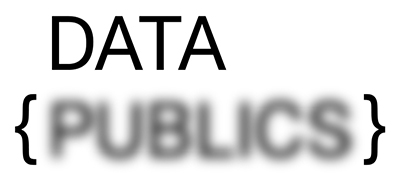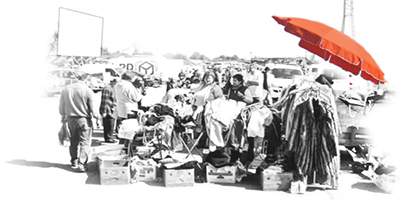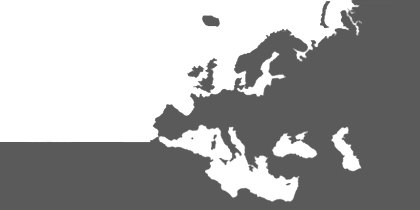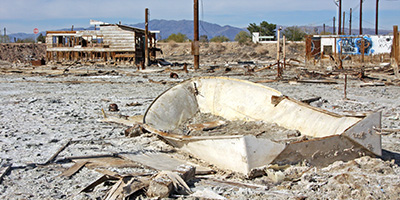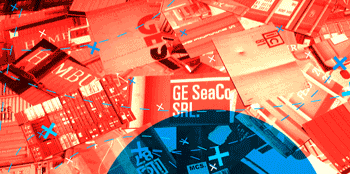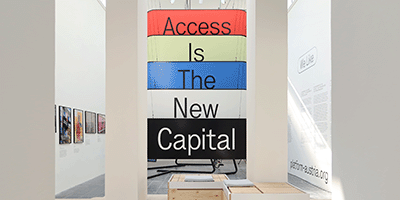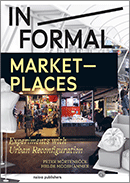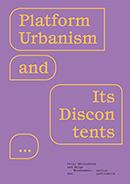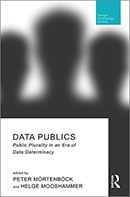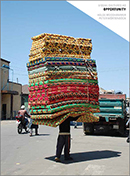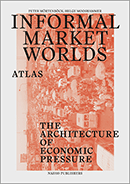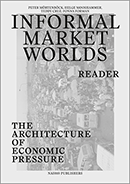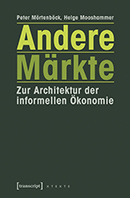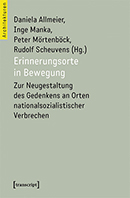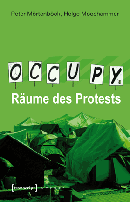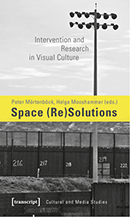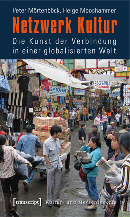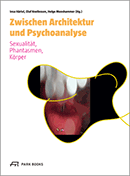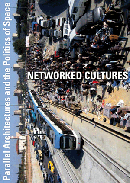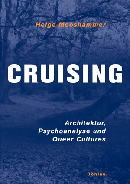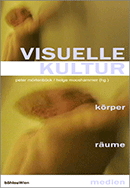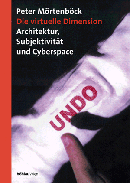RESEARCH
DATA PUBLICS
-
Public plurality in an era
of data determinacy
OTHER MARKETS
--
Mapping typologies and conditions of informality:
How informal markets intersect with global governance
NETWORKED CULTURES
--
The struggle for new forms of artistic practice in an era of global deregulation
WORLD OF MATTER
--
An ecological view on resource politics
SEA OF MARBLE
--
Looking out to the sea: A navigational convergence on the imaginary and the realities of the sea
EXHIBITIONS
La Biennale di Venezia - 17th International Architecture Exhibition 2021
XX Architecture and Urbanism Biennial - Chile 2017
Ephemeral Urbanism
World of Matter
@ HMKV Dortmund
@ James Gallery New York
@ Ellen Gallery Montreal
@ Nash Gallery Minnesota
Networked Cultures -
documentary
Gunners & Runners
Trading Places
Networked Cultures
Gone City
Temporary Zones
Operation Desert
You'll Never Walk Alone
MONU
#05
July 2006
ISSN: 1860-3211
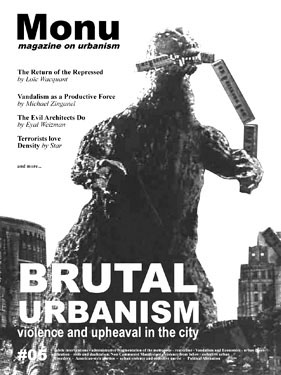 |
Brutal Urbanism |
|
Happy Slapping - Urban Violence in the Age of Camera Phones
Peter Mörtenböck and Helge Mooshammer
Editorial
Roughness, violence, brutality, seediness, ghettoization – all these are words that we associate much more readily with the city than with a suburb or the bucolic countryside. It seems even drug related crime develops a different character depending on whether it is in the city or the suburb. As the NYTimes reported in early July, identity theft is the crime of choice for meth addicts and both are flourishing in suburban regions of the US. In contrast crack cocaine or heroin dealers, are supported by heavily armed gangs usually set up in higher density urban zones. These high density areas are suited to ‘urban’ crimes like, prostitution, carjacking and robbery. So the suburban habitat seems perfectly suited for the sleepless meth-addict roaming through the internet, garbage cans and outdoor mailboxes in a quest to gather identities, while the density and proximity of a city is more fertile soil for the impulsiveness and raw brutally that is typical for crack and cocaine criminality. In a similar direction one of the directors of the World Cup 2006 security in our interview echoed some thoughts that also show the relationships between spatial configuration and the art of preventing urban brutality. These are just some of the topics that this issue of Monu presents: Media representation and context of brutality is one key aspect as our contributors show. Be it the possibility to easily record and distribute via cell-phone cameras as Peter Moertenboek and Helge Mooshammer describe in their article. Or the impossibility to censor images of resistance as Austin Arensberg describes. In our leading article Loic Wacquant analyzes the intensifying of structural brutality in the city: economic, social and political exclusion and the backlashes that inevitably follow. But brutality can also be an almost integral part of the history of development, in some cities as articles about places as different as Jerusalem and Seoul by Tim Rieniets and Baruch Gottlieb respectively show.
_back to home
BOOKS
